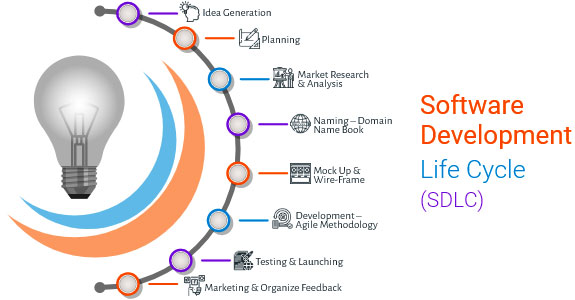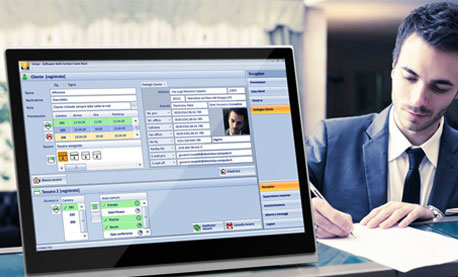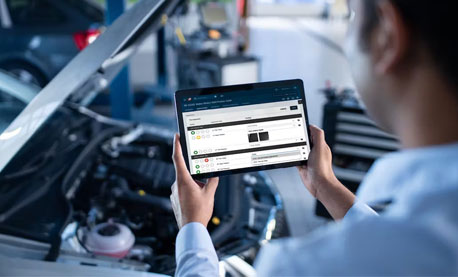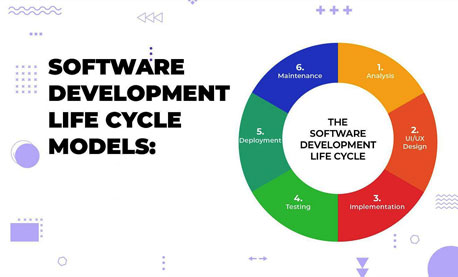Software Development Life Cycle
The Software Development Life Cycle (SDLC) serves as a structured approach to developing high-quality software solutions. It encompasses a series of phases and processes that ensure efficient development, from gathering requirements to deployment and maintenance. This article will provide a comprehensive guide to the Software Development Life Cycle, exploring each phase and highlighting its significance in the software development process.
What is the Software Development Life Cycle?
The Software Development Life Cycle (SDLC) is a framework that outlines the steps involved in developing software. It provides a systematic approach, ensuring that software is built efficiently, meets user requirements and is of high quality. The SDLC encompasses several phases, each with its own set of activities, deliverables, and objectives.
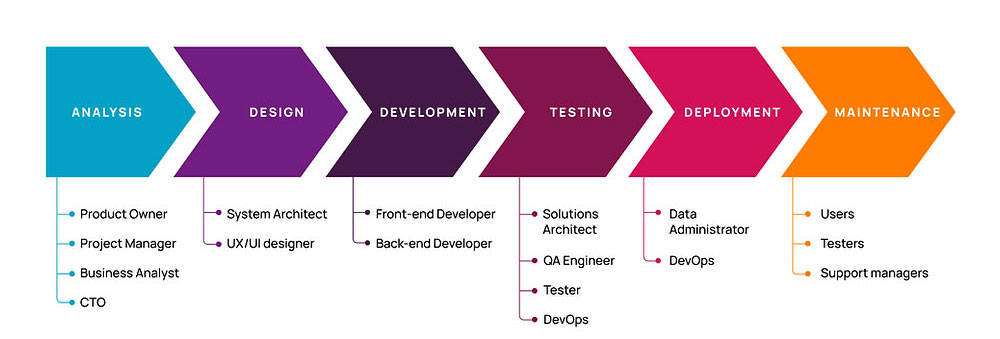
Phases of the Software Development Life Cycle
- Requirements Gathering
The first phase of the SDLC is requirements gathering. In this phase, the development team works closely with stakeholders and end-users to understand their needs and document the software requirements. Clear and comprehensive requirements are essential for a successful software development project.
- Planning
The planning phase involves creating a project plan that outlines the tasks, resources, timeline, and budget required for the software development project. This phase sets the foundation for the entire development process, ensuring that the project is properly organized and managed.
- Design
The design phase focuses on creating the software architecture and detailed design. This includes defining the system’s structure, database design, user interface design, and other technical specifications. A well-designed software system sets the stage for efficient development and future scalability.
- Development
During the development phase, the software is built based on the requirements and design specifications. Developers write code, create modules, and integrate various components to develop the software solution. This phase involves regular testing and debugging to ensure that the software functions as intended.
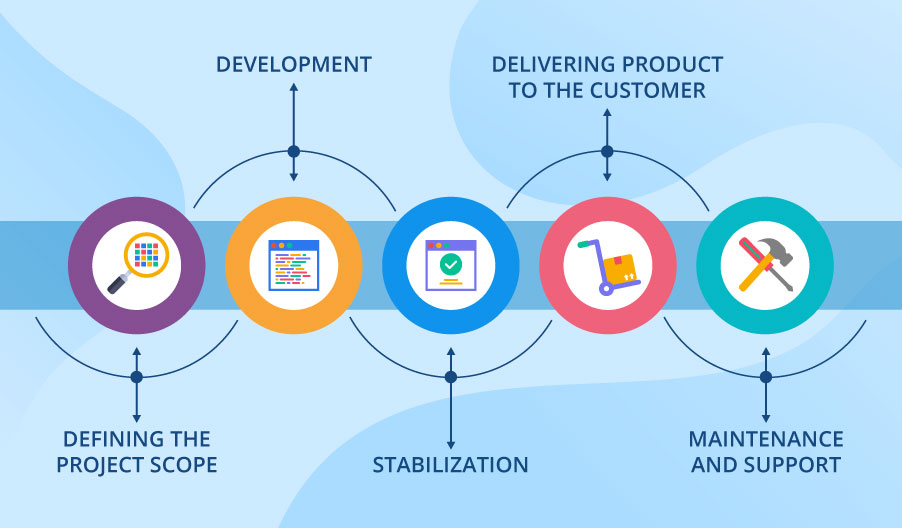
- Testing
Testing is a critical phase in the SDLC. It involves verifying the functionality, performance, and reliability of the software. Different testing techniques, such as unit testing, integration testing, and system testing, are employed to identify and fix any defects or issues.
- Deployment
In the deployment phase, the software is released and made available to end-users. This phase involves installation, configuration, and ensuring compatibility with the target environment. It is crucial to plan and execute the deployment process carefully to minimize disruptions and ensure a smooth transition.
- Maintenance
The maintenance phase involves ongoing support and enhancements to the software. It includes regular updates, bug fixes, and addressing user feedback. Maintenance ensures that the software remains reliable, secure, and aligned with evolving user requirements.
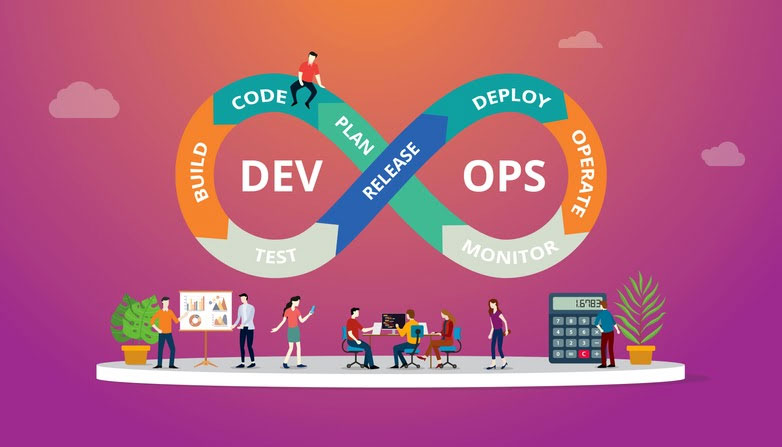
Benefits of Following the Software Development Life Cycle
Following the Software Development Life Cycle offers several benefits:
- Improved project planning and management
- Enhanced communication and collaboration among stakeholders
- Higher quality software with reduced defects and issues
- Timely delivery of software solutions
- Cost-effective development and resource management- Increased customer satisfaction
- Efficient use of resources
- Clear visibility of project progress and milestones
Challenges in the Software Development Life Cycle
While the SDLC provides a structured approach to software development, there are several challenges that organizations may face:
- Changing requirements and scope creep
- Tight project timelines and resource constraints
- Technical complexities and integration challenges
- Communication gaps between stakeholders and development teams
- Balancing flexibility with adherence to the process
Best Practices for a Successful Software Development Life Cycle
To ensure a successful Software Development Life Cycle, organizations can follow these best practices:
- Engage stakeholders and end-users early in the process to gather comprehensive requirements.
- Establish clear communication channels and maintain regular communication throughout the project.
- Conduct thorough testing at each phase to identify and address defects early on.
- Document and maintain detailed technical documentation and user manuals.
- Continuously monitor and evaluate the project progress against defined milestones and objectives.
- Embrace agile methodologies and iterative approaches to adapt to changing requirements.
- Foster collaboration and teamwork among development teams and stakeholders.
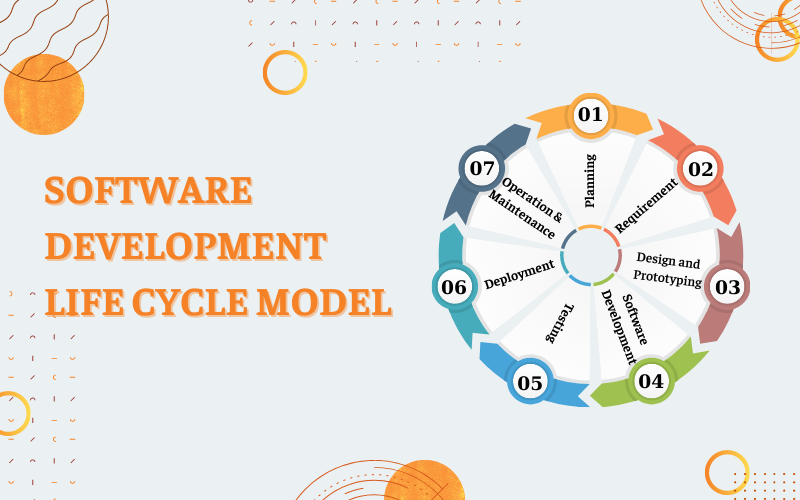
Conclusion
The Software Development Life Cycle is a crucial framework for efficient and successful software development. By following a systematic approach, organizations can ensure that software is developed to meet user requirements, adhere to timelines, and deliver high-quality solutions. The SDLC provides a roadmap for development teams, allowing for effective planning, design, development, testing, deployment, and maintenance of software solutions. GCTL INFOSYS provide custom software development for any kinds of organization like Government office, Corporate Organization, Garments Industries, Price Organization etc.
FAQs
- What is the Software Development Life Cycle (SDLC)?
The Software Development Life Cycle (SDLC) is a structured approach to software development, encompassing various phases such as requirements gathering, planning, design, development, testing, deployment, and maintenance.
- Why is the SDLC important in software development?
The SDLC provides a systematic approach to software development, ensuring efficiency, quality, and successful project outcomes. It helps in managing resources, mitigating risks, and delivering software solutions that meet user requirements.
- Can the SDLC be customized to fit specific project needs?
Yes, organizations can customize the SDLC to align with their specific project needs and methodologies. They can adapt and integrate different frameworks and practices, such as Waterfall, Agile, or DevOps, to create a tailored approach.
- How long does the SDLC take?
The duration of the SDLC varies depending on the scope and complexity of the software project. It can range from a few weeks to several months or even years. Proper planning, efficient execution, and effective project management contribute to timely completion.
- What are the benefits of following the SDLC?
Following the SDLC offers benefits such as improved project planning, better resource management, reduced risks, increased stakeholder satisfaction, and higher-quality software solutions. It promotes transparency, collaboration, and effective communication among team members and stakeholders.
